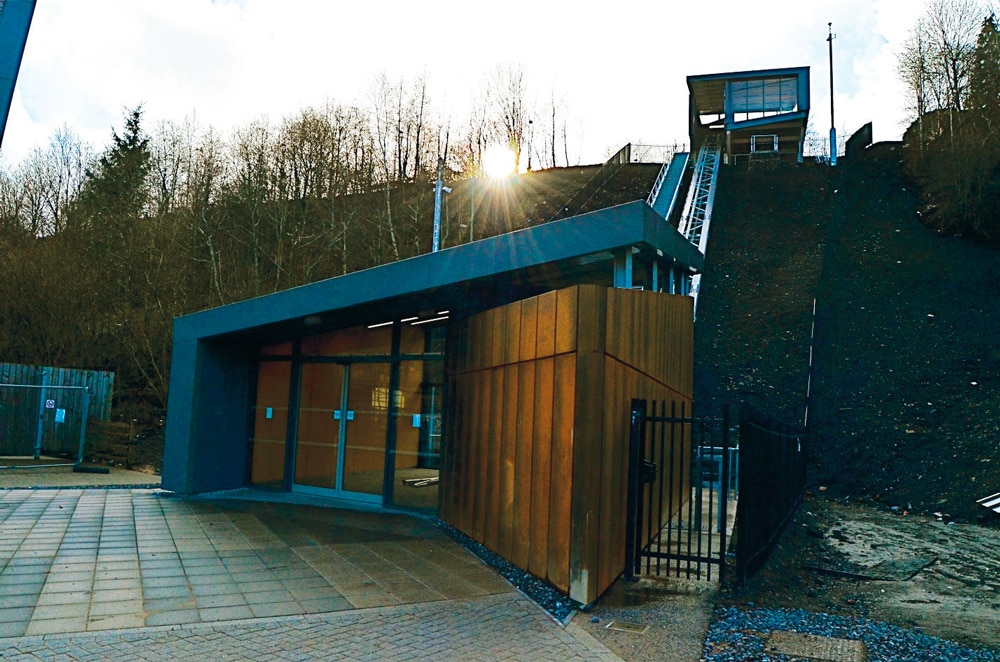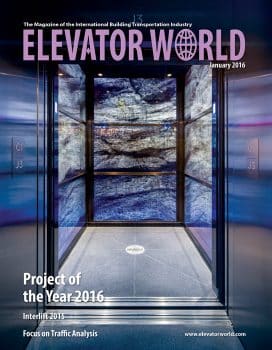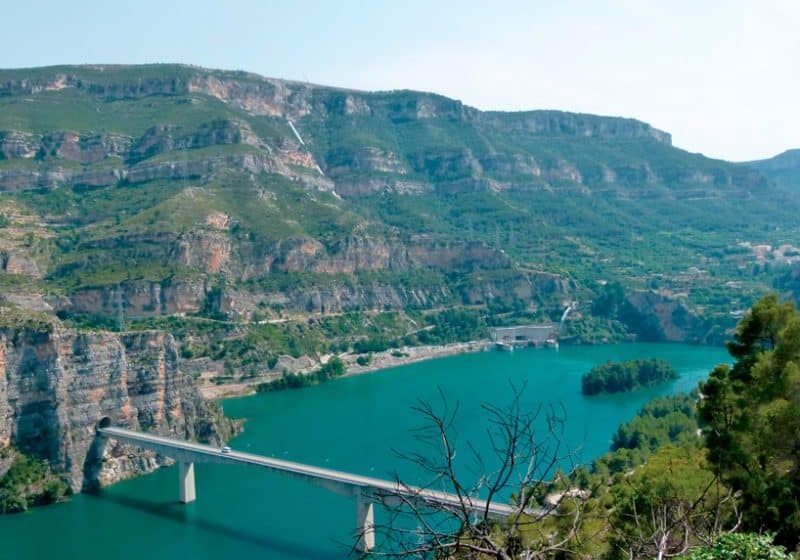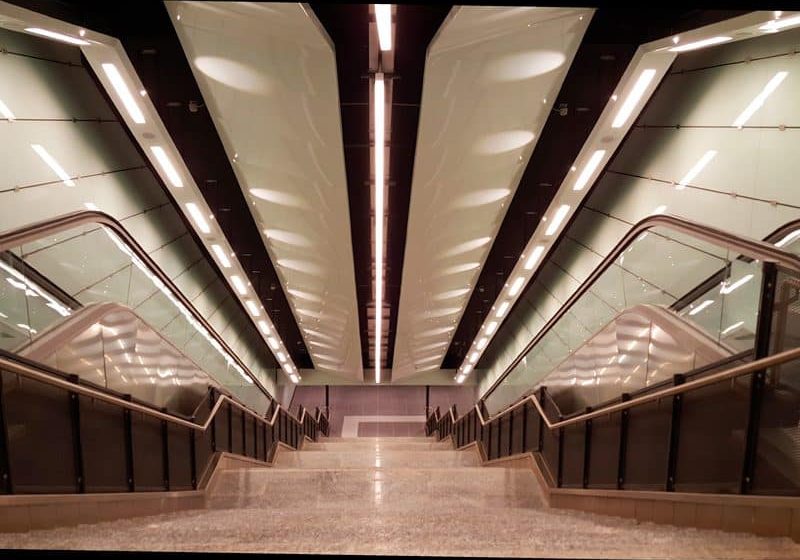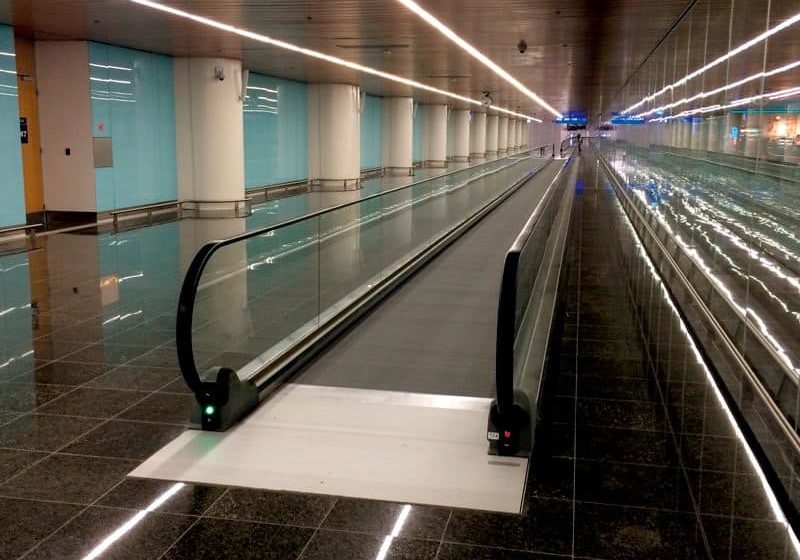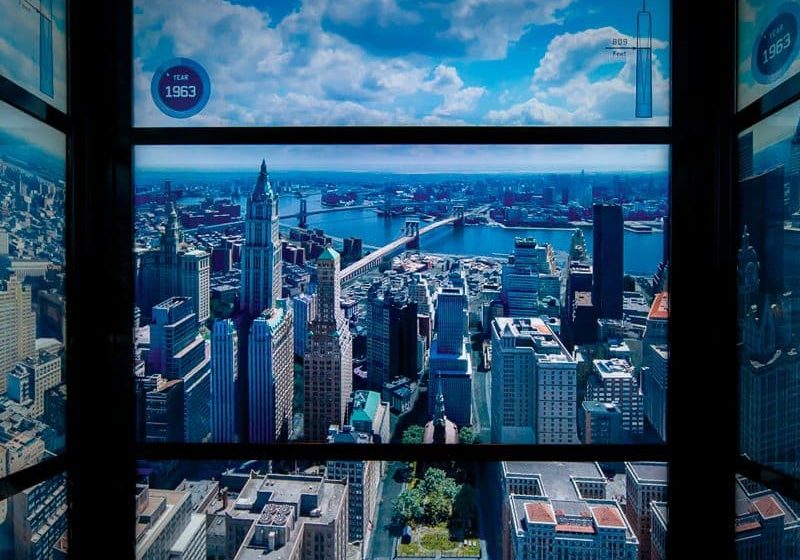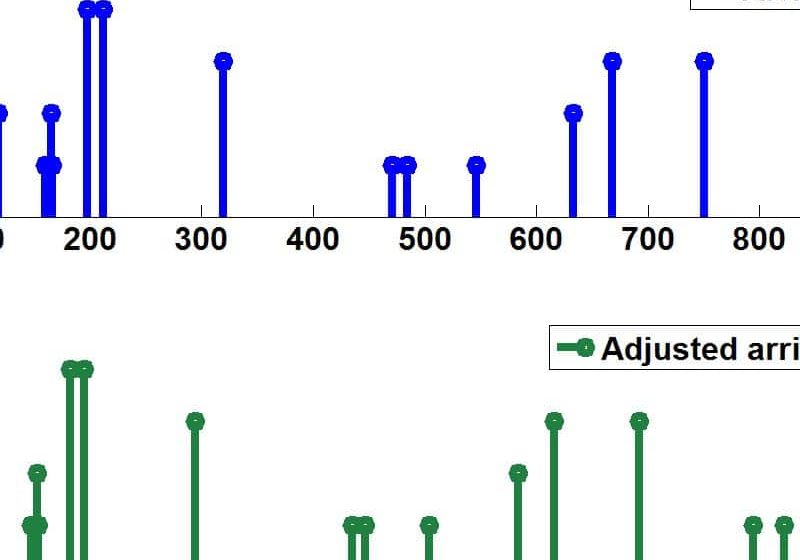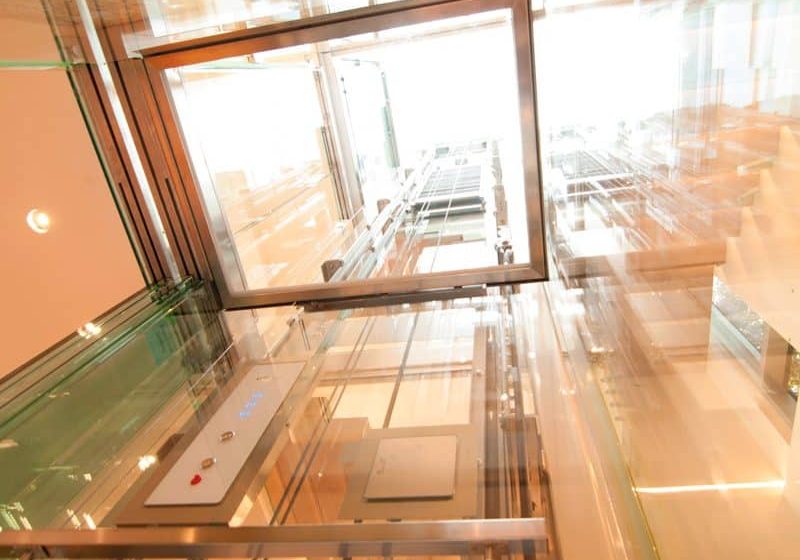Mechanical link enables pedestrians to access two important sites quickly, safely and easily.
Wales, U.K.
submitted by david cooper, lecs (uk) ltd.
EBBW Vale is a post-industrial town in the heart of the beautiful Welsh Valleys in the U.K., a town that has a name synonymous with iron and steel production. Extraction and manufacturing were key industries during the 19th and 20th centuries, and by 1967, Ebbw Vale Steelworks (Figure 1) employed more than 14,000 people. Even during its later years before finally closing in 2002, the steelworks was one of the biggest employers in Ebbw Vale and the surrounding areas. It is difficult to underestimate how much the town was devastated by the closure of the steelworks; thousands of families, who for generations had depended on the income from the steelworks, were now facing unemployment, hardship and deprivation.
Regeneration of Ebbw Vale
In an effort to regenerate the area, Blaenau Gwent County Borough Council (BGCBC), with the financial help of the Welsh government, purchased the steelworks site (The Works) in 2005. After reclaiming the land through demolition of its buildings and subterranean structures, and cleaning the ground through remediation processes, the site was a blank canvas ready for development to bring it into the 21st century. The vision for the site was focused on ensuring development through a sustainable framework to ensure the site remained viable for current and future generations. Since 2010, the following developments have been built and opened at The Works site in Ebbw Vale:
- Top specification schools and colleges: higher-level qualifications can now be attained locally.
- A state-of-the-art, energy-efficient leisure center
- Sustainable Code Level 5 and 6 housing
New road and railway infrastructure that links the site with the town center and wider areas of Ebbw Vale and the Heads of the Valley region.
The Transportation System
The Need for a Mechanical Link
To ensure that the new developed site was integrated with the town center, BGCBC needed an Equality Act-compliant pedestrian link that would help connect the two areas, which were separated not by distance, but by elevation; the town center being more than 30 m higher than The Works site over a relatively short distance. As a result of this height difference, a decision was made to install a mechanical link that would enable pedestrians to access the two sites quickly, safely and easily. After consultation with specialists, an inclined cableway was the preferred option.
Construction of the Cableway
The construction contract was tendered as a design-and-build contract. Construction started onsite in 2014, and much of the early construction works involved the stabilization of the ground through various engineering techniques, including piling and retaining structures. Due to the geometry of the site, a cofferdam also had to be excavated to prepare the site for the cableway’s basement structure. The photographs from the construction phase of the project highlight the various works that had to be undertaken during the contract.
Cableway Installation
The selection of the Doppelmayr Twin liner was made based on a number of influential factors, including:
- Automatic or attendant operation
- Low operating and maintenance costs
- Low staff and energy costs
- Accessibility
- Small space requirements
- Environmentally friendly ground routing possible
- Highest safety standard by the use of European Community type-approved safety components
- Maximum support for the customer and remote monitoring
- High system availability
The BGCBC required an automatic system that did not depend on a full-time attendant. Therefore, to secure the site against unauthorized access and vandalism, a 1.8-m-tall fence that closed off the track to unauthorized persons was installed. Closed-circuit TV (CCTV) cameras were installed in each station, and the cabin and two outdoor pan, tilt and zoom cameras were placed within the fenceline of the site (one at the top of the slope and the other at the bottom of the slope). This ensured maximum CCTV coverage. Finally, a peripheral infrared detection system that detects unauthorized access was installed along the fenceline.
Vandal resistance was also a key consideration, and the design included consideration for this, including events such as fire for which the impact was reduced by selection of appropriate materials and to ensure that life safety was the critical consideration throughout the design. Additionally, a stairway was installed parallel to the track for emergency and maintenance purposes.
The cableway was installed based on Directive 2000/9/EC of the European Parliament and of the Council of 20 March 2000 relating to cableway installations designed to carry persons, thus requiring stage 1 and stage 2 approvals by the Department for Transport. The specification was as follows:
- Rated load: 18-22 persons
- Horizontal travel: 39,100 mm
- Inclined travel: 57,200 mm
- Rise: 23,500 mm
- Angle: 28°
This was selected on the basis of the required carrying capacity and possibility of groups of students arriving simultaneously; hence, an hourly rate of 474 passengers was selected – or, 39 persons in a traditional 5-min. window. Essentially, this meant that a class of students could be moved in that window, bearing differences in passenger type and traffic flow.
Traffic is also assisted by being disrupted in flow by a pedestrian crossing on the road at the high town and by the distance from the college to the lower station, from where passenger dispersal can be allowed. The cycle time was calculated as 9 s. for entry, 5 s. for door closing, 44 s. for travel, 3 s. for door opening and 7 s. for exit, totaling 68 s.
The forgoing was based on empirical data provided by Doppelmayr via its traffic observations. While small in the scheme of things, it is interesting to note that, unlike conventional lift-traffic considerations, the experience is that lift cars take less time to unload than to load. The effect it may have on the round-trip-time calculation is, perhaps, a consideration for future traffic studies.
A number of additional regeneration projects were considered necessary to maximize the potential of the link. These included the realignment of the Main A4046 road on the top platform to ensure users of the link have a safe route into the town center. BGCBC, through its funding from the Welsh European Funding Office and the Welsh government, regenerated the bus interchange and taxi rank areas (located in close proximity to the top platform). These major renovation schemes have ensured visitors and tourists to the town have an attractive arrival point, as well as safe access from the town center to the link and the facilities on The Works site. As testimony to the success of the redevelopment, the old stands alongside the new (as can be seen in the top photo on this page).
Installation of the cableway was completed quickly, despite the time implications placed upon the installers due to the safety considerations posed by working in such a steep environment. It entered service in June 2015 and has provided continuous, reliable service since its opening.
Credits
Client and ultimate asset owner: Blaenau Gwent County Borough
Council contractor: Dawnus Construction Holdings Ltd.
System Subcontractor: Doppelmayr
Statutory authority: HM Government, Department for Transport
Consultant to statutory authority: LECS (UK) Ltd.
Get more of Elevator World. Sign up for our free e-newsletter.
